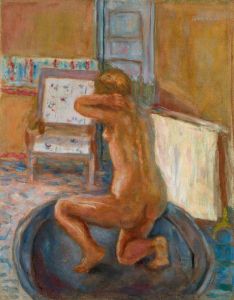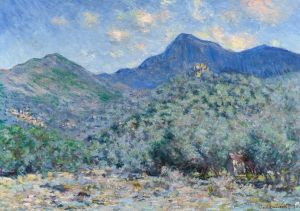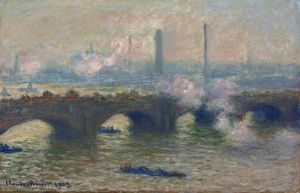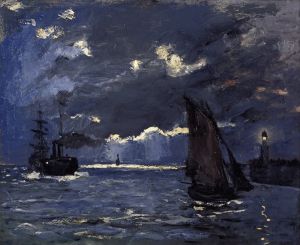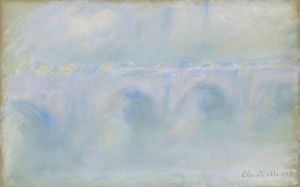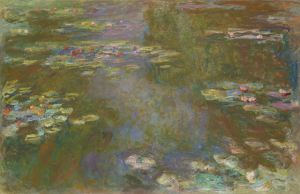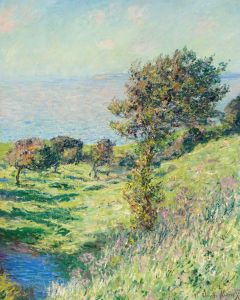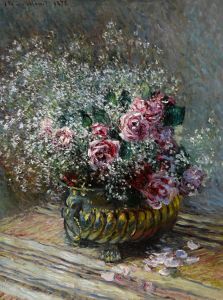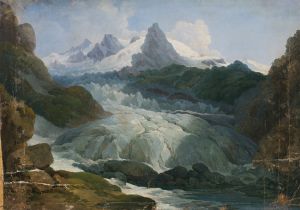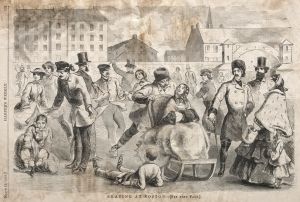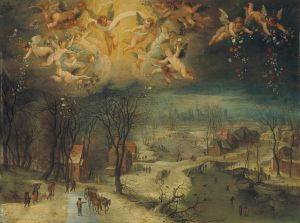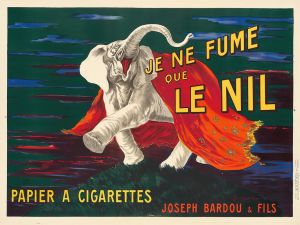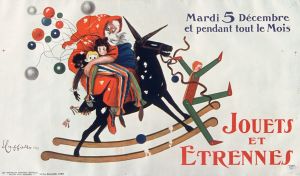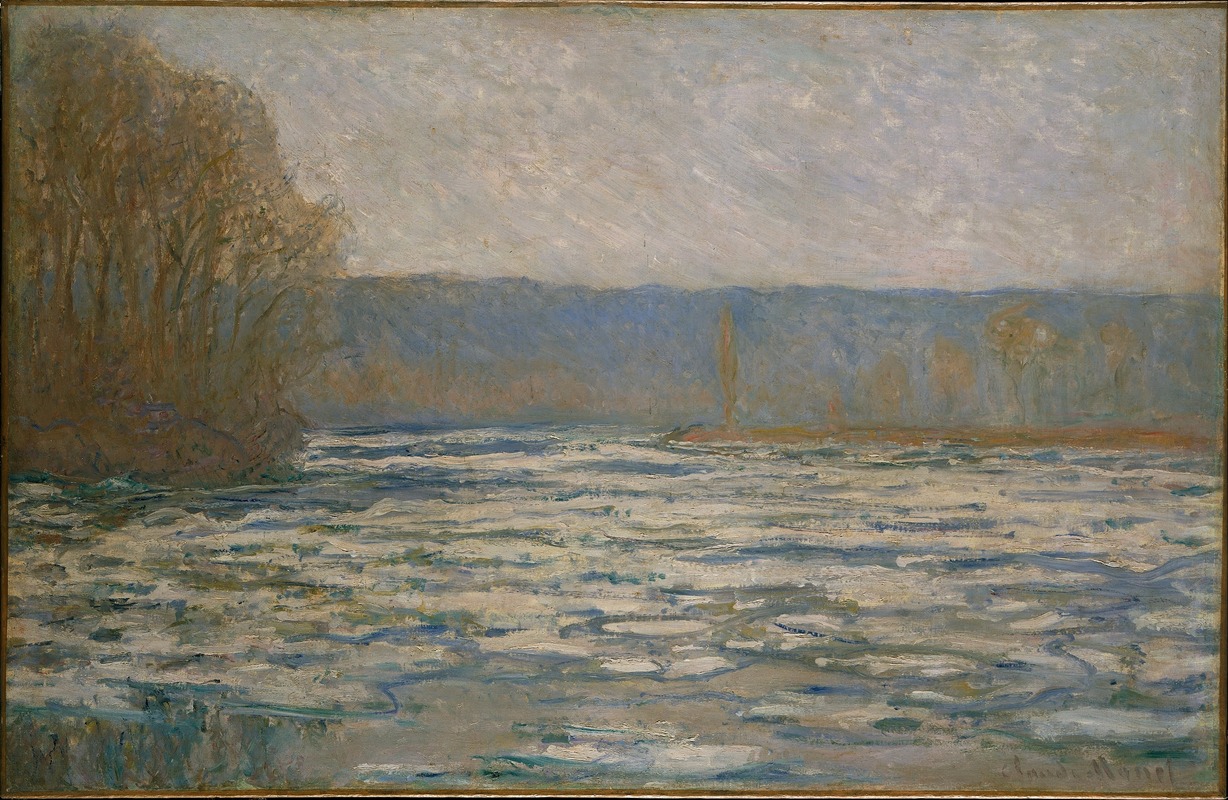
Ice breaking up on the Seine near Bennecourt
A hand-painted replica of Claude Monet’s masterpiece Ice breaking up on the Seine near Bennecourt, meticulously crafted by professional artists to capture the true essence of the original. Each piece is created with museum-quality canvas and rare mineral pigments, carefully painted by experienced artists with delicate brushstrokes and rich, layered colors to perfectly recreate the texture of the original artwork. Unlike machine-printed reproductions, this hand-painted version brings the painting to life, infused with the artist’s emotions and skill in every stroke. Whether for personal collection or home decoration, it instantly elevates the artistic atmosphere of any space.
Claude Monet's painting Ice Breaking Up on the Seine near Bennecourt is a notable work by the French Impressionist master. Created in 1893, this painting captures a winter scene along the Seine River near the village of Bennecourt, located in the Île-de-France region of France. Monet, known for his fascination with light, atmosphere, and the changing seasons, depicts the thawing ice on the river with his characteristic loose brushstrokes and attention to natural detail.
The painting reflects Monet's deep engagement with the landscape surrounding his home in Giverny, where he lived from 1883 until his death in 1926. Bennecourt, situated not far from Giverny, was a location Monet had painted before, including in earlier works such as The Seine at Bennecourt (1868). In Ice Breaking Up on the Seine near Bennecourt, Monet focuses on the interplay between the frozen and flowing water, capturing the dynamic process of ice breaking apart as winter transitions to spring. The fragmented ice floes and the muted tones of the river and sky convey a sense of both stillness and movement, characteristic of Monet's ability to evoke the ephemeral qualities of nature.
This painting is part of a broader series of works Monet created during the winter months, a period when he often explored the effects of snow and ice on the landscape. Monet's interest in such scenes was not only artistic but also scientific, as he sought to study and represent the subtle variations in light and color caused by the winter environment. The painting demonstrates Monet's mastery of Impressionist techniques, including his use of broken color and short, visible brushstrokes to suggest texture and atmosphere.
Ice Breaking Up on the Seine near Bennecourt is held in a private collection, and as such, it is not as widely exhibited or studied as some of Monet's other works. However, it remains an important example of his winter landscapes and his ongoing exploration of the natural world. Monet's ability to transform a seemingly ordinary scene into a work of profound beauty and complexity is evident in this painting, which continues to be admired for its subtlety and technical brilliance.





